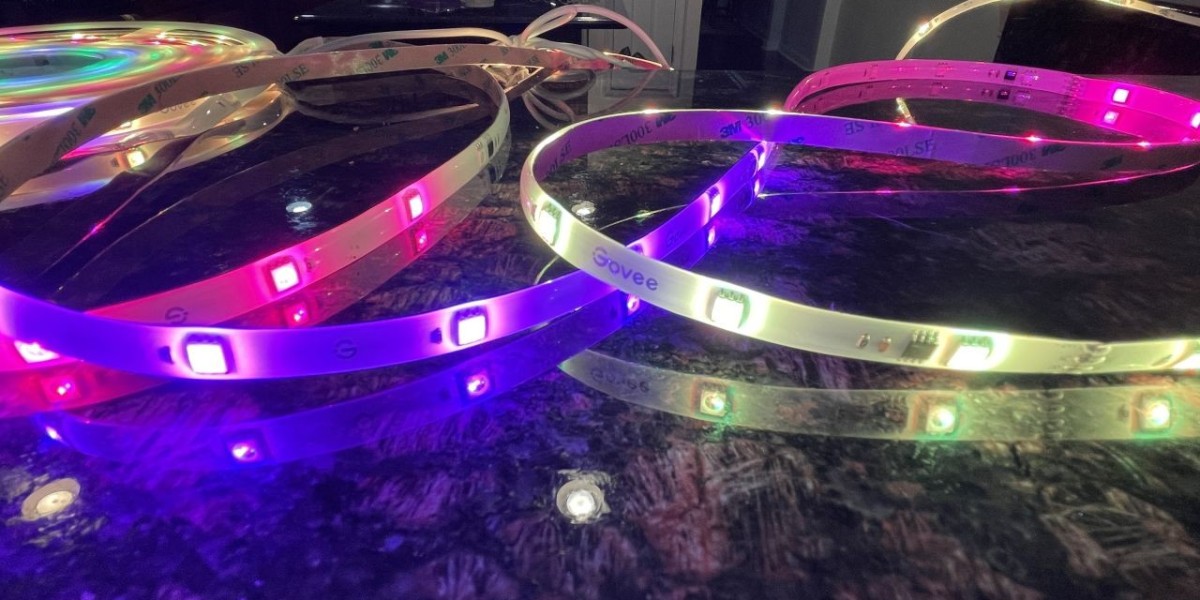Double pointed needles are ideal for knitting small things in the round. In fact, they are the oldest tools to knit in a round. DPNs usually come in a set of five needles and all of them work together in knitting. While three or four needles form the circumference, the extra needle is used to knit with. As their name implies, both needle tips are pointed, meaning that you can knit from either end of the needle which makes it easier to work seamless patterns.
How Do Double Pointed Needles Work?
To understand how double pointed needles work bring we need to explain with an analogy. For example take your knitting as a journey to a destination. You can travel by air (circular needles) or buses (double-pointed needles). Knitting on circular needles is like flying, you never “get off” the flight until you reach your “final destination” (the step of casting off or binding off). The knitting journey is fairly direct as it is the same needle and stitches go round and round.
Now, knitting with double pointed needles is very different. According to the analogy, you’ll be taking multiple bus transfers to reach your destination. You begin the journey on one bus (needle) and ride a little way, then you get off the bus and transfer to another bus (needle). You get off and switch buses till you get to the final destination. Knitting on DPNs is far from direct. You are switching the double pointed needles but still you are going round and round, knitting a seamless pattern.
Instructions for knitting with DPNs
Step 1: Cast on Stitches using your preferred cast on method onto one needle.
Step 2: Divide the stitches evenly over three or four needles. Make sure that each needle has about the same number of stitches.
Step 3: Arrange the needles in a pyramid (with three needles) or a square (with four needles) so that the needle with the working yarn is on right.
Step 4: Now take the extra needle and knit into the first stitch on Needle 1 (the one with first cast on stitches before dividing them to the other needles).
Step 5: After knitting into the first stitch from Needle 1, pull it off the needle arrangement. Your stitches have been transferred to the extra needle. You have also joined stitches in the round.
Step 5: Now turn your project and knit with Needle 2. Continue till you have worked on all needles.
Step 6: Now put a stitch marker to mark the end of the row.
Step 7: Continue these steps till the pattern instructs to or you have achieved the desired length of the project.
Initially, it is a challenge to manage the needles but with practice and after working for a few rounds, you will get the hang of it. Make sure to be careful to not drop stitches and be extra careful when switching the needles, you need to tension that yarn correctly to avoid ladders (space between stitches).
The best thing about knitting with DPNs is that you can manage the smallest circumferences, such as socks, fingers of mittens, baby hats, etc. Every knitter must be open to knitting techniques and tricks as they need to be creative with their pursuits.
Happy Knitting!
Source: https://www.zupyak.com/p/3287585/t/how-to-knit-with-double-pointed-needles








